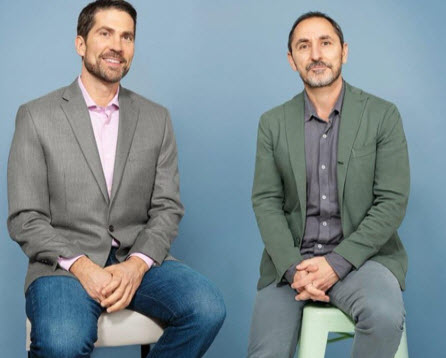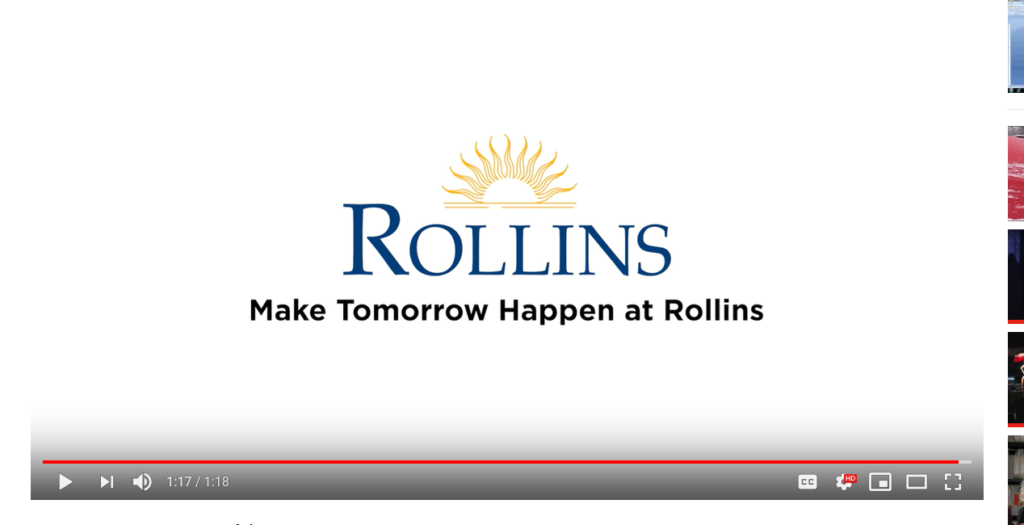Accenture + Droga 5 = Band Aids and Champagne.
So David Droga has decided to sell Droga 5 to Accenture, a deal which should be completed by the end of May. Don’t count on it. You think Brexit was hard, try getting creative people in a room with business nerds. And I understand Accenture Interactive will be the home not Accenture proper. (Again, don’t count on that either.)
I actually think this exercise will be cathartic for both sides of the purchase. There will be agita. Some feathers will fly. But the reality is, the coming together of business and creativity is the exact aspiration of marketing clients. They are business nerds who aspire to be creative, but heretofore haven’t been able to pull it off. So they farm it out.
The reason businesses are using consulting companies more and more in marketing today, the reason advertising holding companies find the big consultants to be competitors, is because engagement, data and AI are all measurable. And when you can bang some inefficiency out of the equation (poor or misdirected creativity) you do it. Or you lose.
Droga 5 will learn about the dark side. Accenture and Accenture Interactive will learn about the light side. And learning in general will cascade across the marketing business. Break out the Band Aids. Break out the champagne.
Peace.




